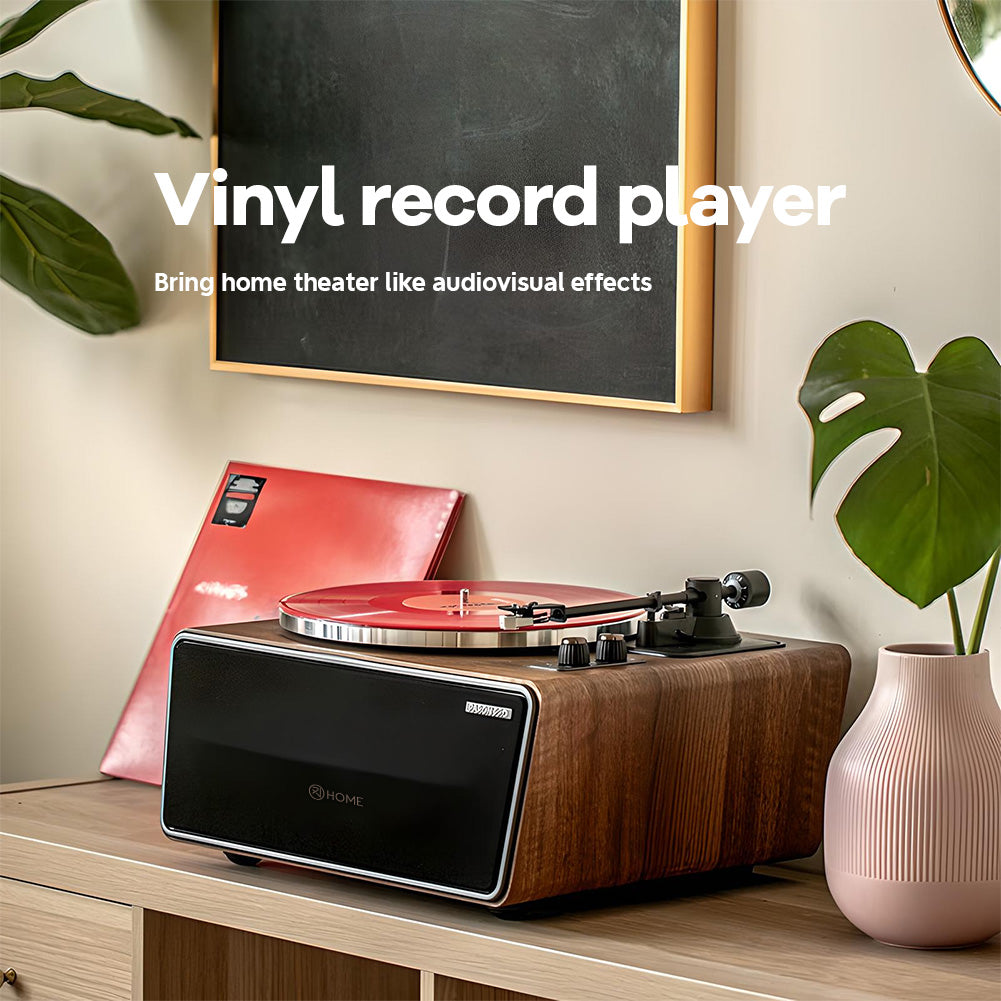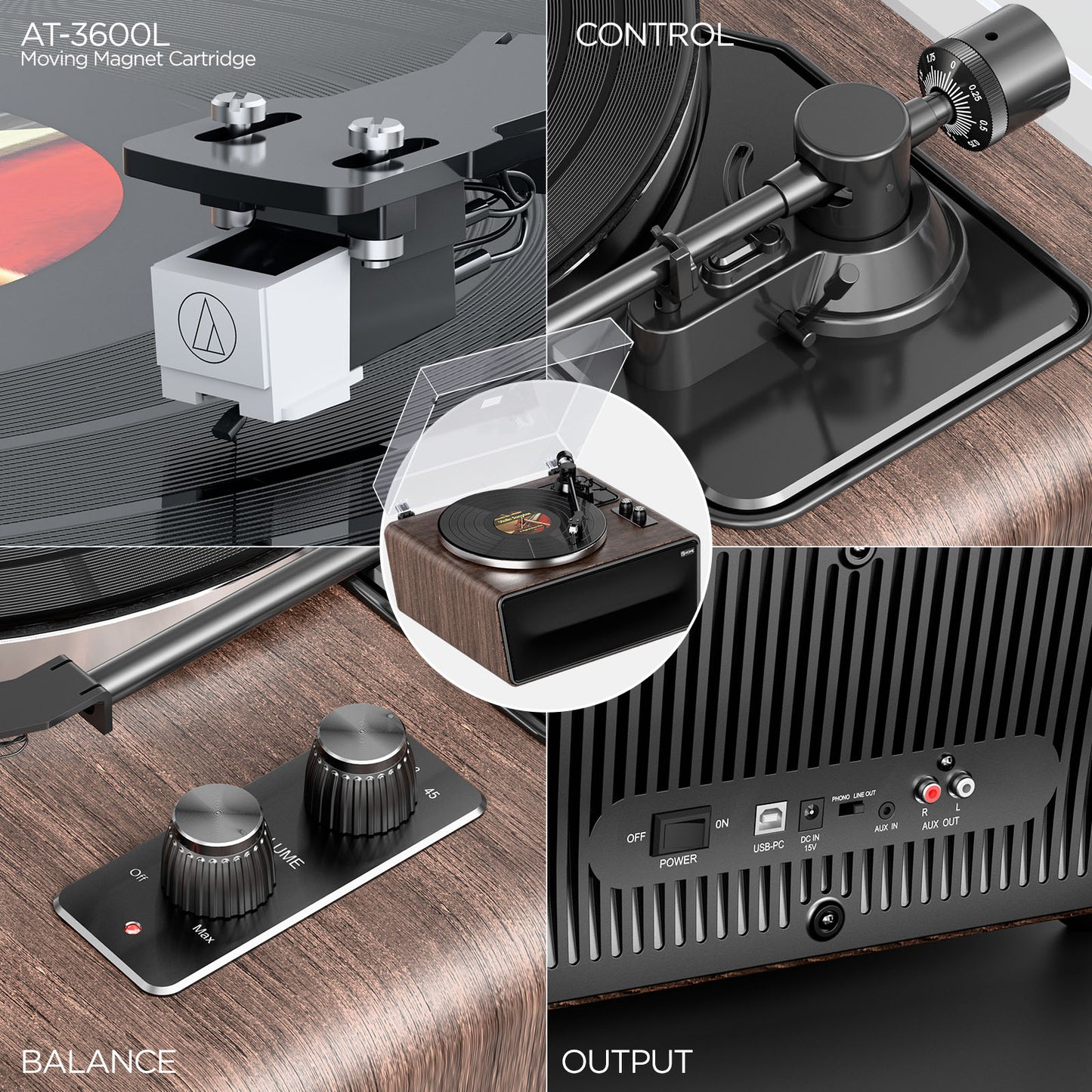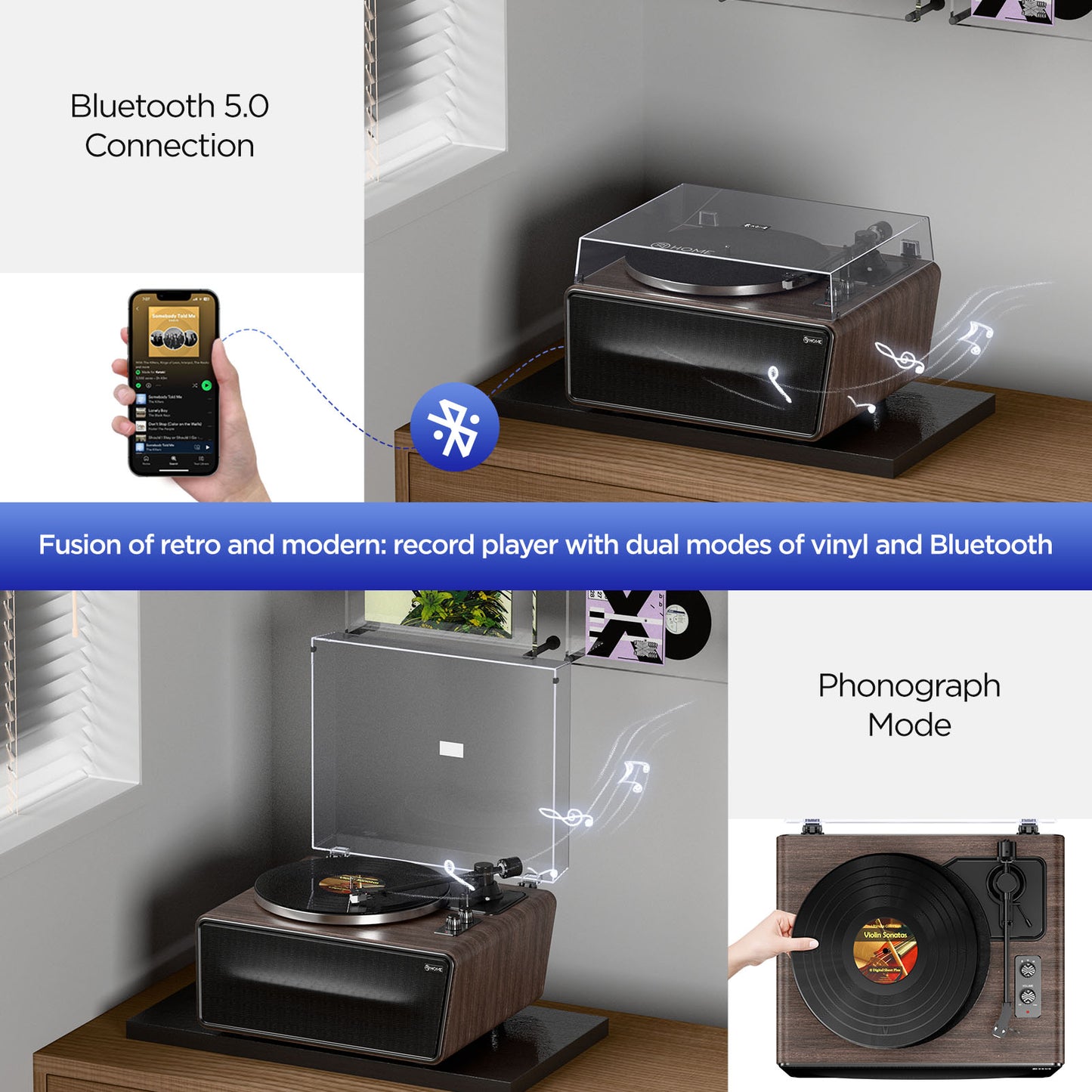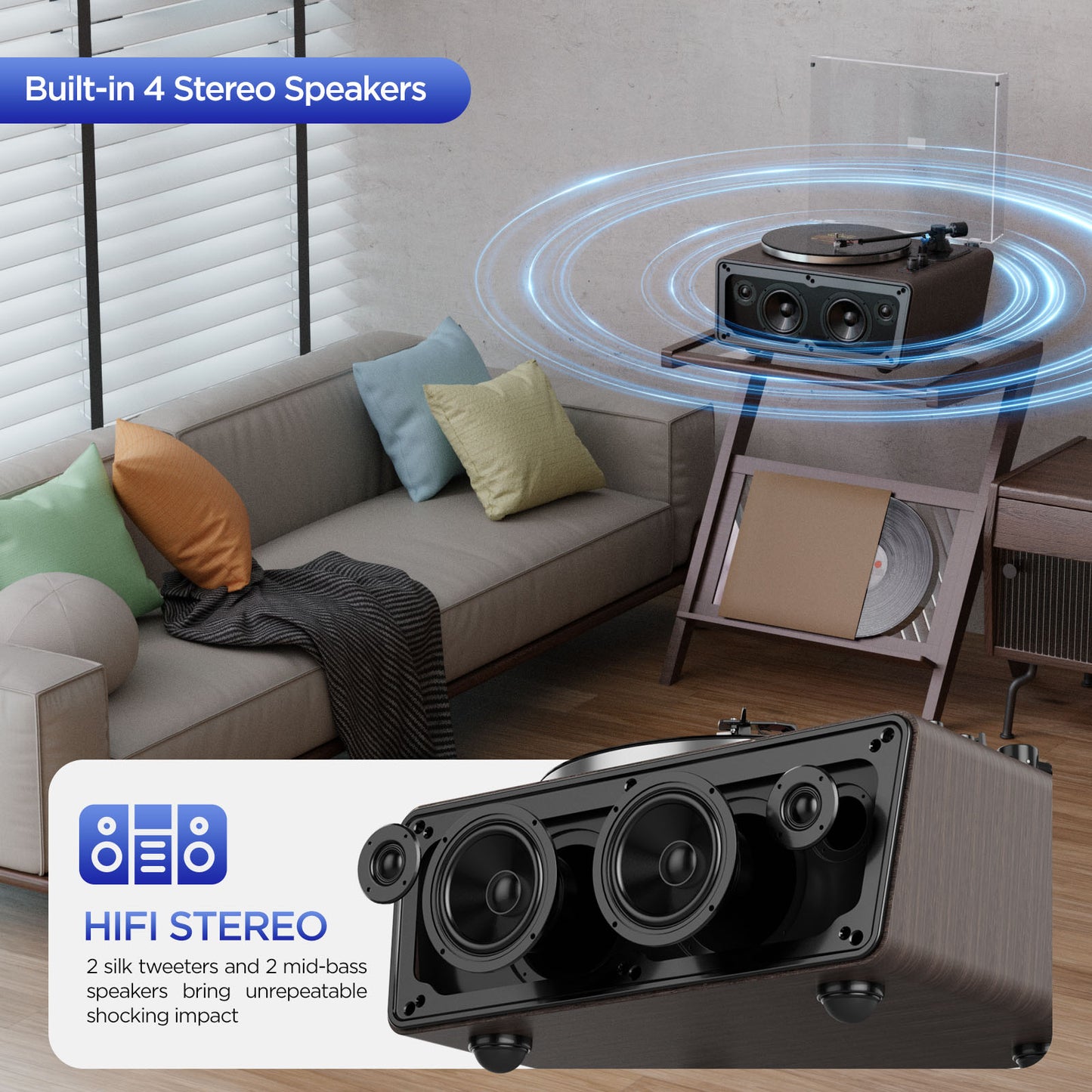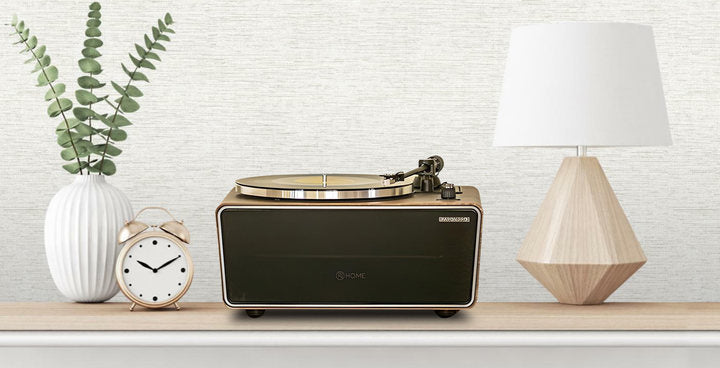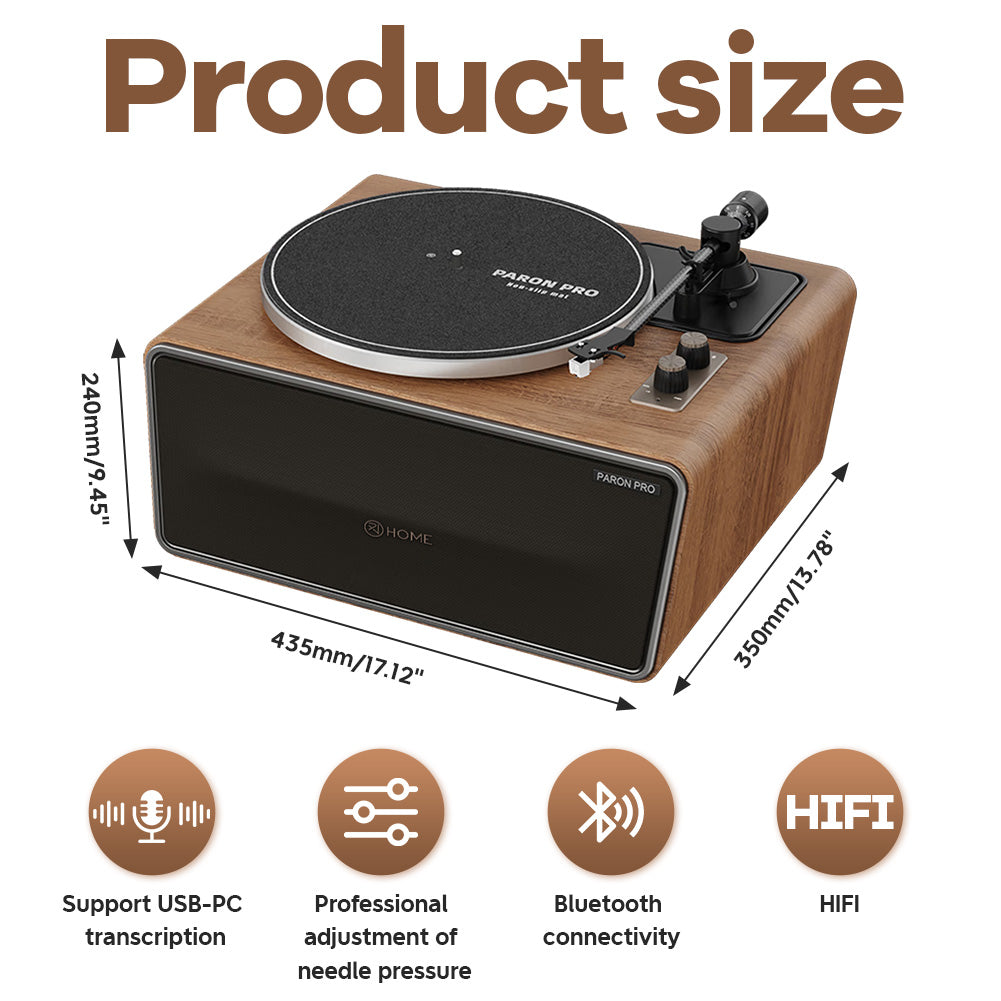
Are Expensive Vinyl Record Players Worth the Price?
Share
Step into the world of vinyl playback, and you'll quickly notice a staggering range in turntable prices. From budget-friendly beginner models under a few hundred dollars to esoteric machines costing tens or even hundreds of thousands, the spectrum is vast. This inevitably leads to a crucial question for aspiring enthusiasts and seasoned audiophiles alike: are those expensive vinyl record players genuinely worth the significant financial investment? The answer, frustratingly perhaps, isn't a simple yes or no. Determining if high-end turntables justify their price requires a critical examination of what "value" means in this context. While premium models undoubtedly offer sophisticated engineering aimed at pushing the boundaries of analog playback, their cost often reflects principles of diminishing returns, luxury market positioning, and status signaling, making their ultimate "worth" highly subjective and dependent on individual priorities, budget constraints, and the revealing capabilities of one's entire audio system.
Defining "Expensive": Where Does High-End Begin?
Before dissecting value, it helps to loosely categorize the market. While fluid, we might consider entry-level turntables under roughly $400, a mid-range spanning from $400 to perhaps $1000-$1500, and anything above that entering the "high-end" territory, with an "ultra high-end" segment existing well beyond $5000. This discussion primarily focuses on the rationale behind turntables residing in these upper tiers ($1000+). These machines aim for far more than simply spinning a record at the correct speed; they represent a pursuit of sonic perfection, engineering excellence, and often, artisanal craftsmanship.
What You (Potentially) Pay For: Tangible Engineering Differences
Expensive turntables aren't just budget models with fancier finishes; they typically incorporate significant engineering advancements designed to address the fundamental challenges of extracting microscopic information from a vinyl groove with maximum fidelity and minimal interference.
Expect Precision Engineering & Materials. This translates to tighter manufacturing tolerances for all moving parts, leading to smoother, quieter operation. Higher quality bearings in both the tonearm pivot and the main platter bearing reduce friction and unwanted movement (chatter). Advanced plinth (base) materials – such as high-density wood, acrylic, constrained layer damping composites, stone, or metal alloys – are chosen for their mass, rigidity, and ability to absorb or dissipate unwanted vibrations. Platters are often heavier (increasing inertia for better speed stability) and made from materials like thick acrylic, machined aluminum alloys, POM, or specialized composites, meticulously balanced and designed for optimal resonance control. Examples of high-end turntable manufacturers known for such engineering include brands like VPI, Clearaudio, Linn, Rega (higher models), SME, and Technics (reference series).
Sophisticated Tonearms are another hallmark. Designs might include advanced bearing types (unipivot, magnetic), exotic materials (carbon fiber, titanium, specialized alloys) chosen for their stiffness-to-weight ratio and resonance characteristics, and precision adjustments allowing for fine-tuning of Vertical Tracking Angle (VTA) and Stylus Rake Angle (SRA), sometimes even on-the-fly. These features aim to allow the stylus to trace the groove with maximum accuracy and minimal distortion across the entire record surface.
Advanced Motor Control & Isolation systems are common. This can involve highly stable, low-noise motors (DC or AC synchronous), sophisticated electronic speed control circuitry, external power supplies providing clean, stable power, and elaborate suspension or isolation systems (using springs, sorbothane, magnetic levitation) designed to prevent motor vibrations and external acoustic feedback from reaching the sensitive platter and stylus assembly. Understanding the physics of vibration control is key to appreciating these efforts.
These engineering efforts are objectively real, targeting specific physical phenomena that limit the fidelity of vinyl playback. The goal is to create a stable, inert platform allowing the cartridge (usually a high-quality Moving Coil model, often purchased separately at this level) to do its job with minimal interference.
The Law of Diminishing Returns: Performance vs. Price
Despite the tangible engineering improvements, the relationship between price and audible performance in high-end audio follows the economic principle of diminishing returns. Beyond a certain point (often considered to be within the solid mid-range, perhaps $1000-$2000 for a turntable), each additional substantial investment yields progressively smaller increments in audible sound quality improvement. Doubling the price rarely, if ever, doubles the performance in a linear fashion.
The Audibility Threshold for these subtle improvements is highly subjective and system-dependent. Whether a listener can actually perceive the difference between a $3,000 and a $10,000 turntable depends heavily on their listening experience, hearing acuity, the transparency of the rest of their audio chain (cartridge, phono preamp, amplifier, speakers), and crucially, the quality of their room acoustics. A highly revealing system in a well-treated room is necessary to potentially appreciate the subtle gains offered by ultra high-end turntables (Reality Check: Your System and Room Limit Potential).
Furthermore, Cost Allocation within a system is critical. For most listeners seeking the biggest sonic improvement per dollar spent, investing in significantly better speakers, optimizing speaker placement, addressing room acoustics, or upgrading the phono cartridge or phono preamp will often yield more dramatic and noticeable results than moving from a competent mid-range turntable to an expensive high-end model. System synergy is key.
Beyond Sonics: Luxury, Status, and Aesthetics
A significant portion of the cost of expensive turntables is often attributable to factors beyond pure sonic performance maximization.
Many high-end turntables function within the Luxury Goods Market. Their value proposition includes exceptional build quality, exotic materials, meticulous hand-assembly, brand prestige, bespoke finishes, and longevity. Owning such an item provides satisfaction derived from its craftsmanship and exclusivity, much like a luxury watch or automobile. Understanding luxury market principles helps contextualize their pricing.
They can serve as Status Symbols and objects of Conspicuous Consumption. Displaying an expensive and visually impressive turntable signals not only financial means but also sophisticated taste, dedication to the hobby, and cultural capital within certain circles (Non-PC Analysis: Signaling Wealth and Taste).
There's also the Pride of Ownership & Craftsmanship. Many enthusiasts derive genuine pleasure from owning, interacting with, and appreciating a beautifully engineered mechanical object, celebrating the precision and artistry involved in its creation.
Finally, Aesthetics as Function plays a major role. For many users integrating audio into their living spaces, the turntable's design is paramount. High-end models often feature stunning visual designs that serve as functional art pieces, justifying a premium for their aesthetic contribution to home decor.
Potential Pitfalls & Blind Spots
Navigating the high-end market requires caution. Discerning Marketing Hype vs. Reality can be challenging, with esoteric claims sometimes overshadowing genuine engineering benefits. The placebo effect can strongly influence perceived sound quality improvements after a significant investment. High-end turntables also demand equally capable partnering equipment (cartridge, phono stage, amplification, speakers, cables) to realize their potential, dramatically increasing the total system cost. While core turntable mechanics are relatively timeless, focusing solely on the turntable while neglecting crucial factors like setup (alignment, leveling), cartridge choice, phono preamp quality, and room acoustics is a common blind spot that limits performance regardless of the turntable's price tag.
Conclusion: Defining "Worth" for Yourself
Are expensive vinyl record players worth the price? The answer ultimately lies in your personal definition of "worth." They undeniably offer advanced engineering, superior materials, and meticulous craftsmanship aimed at extracting the maximum possible information from a vinyl groove with minimal interference. They also deliver significant aesthetic appeal, pride of ownership, and function as luxury goods and status symbols. However, they operate deep within the territory of diminishing sonic returns, where substantial cost increases yield increasingly subtle audible improvements for most listeners in most systems.
If your primary goal is the most significant sonic improvement per dollar spent, investing heavily in a turntable beyond a well-regarded mid-range model might not be the most efficient path compared to upgrading speakers or addressing room acoustics. But if your definition of value encompasses the appreciation of precision engineering, the pleasure of owning a beautifully crafted object, aesthetic integration into your home, the signaling of taste and dedication, and the pursuit of the highest potential fidelity within a highly revealing audio system (and your budget allows), then an expensive turntable can absolutely be "worth it." The key is making informed choices aligned with your personal priorities, system context, and what aspects of the vinyl experience truly matter to you (navigating these personal values and technology investments is a journey, and resources like XJ-HOME might offer related insights).


